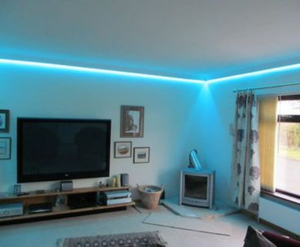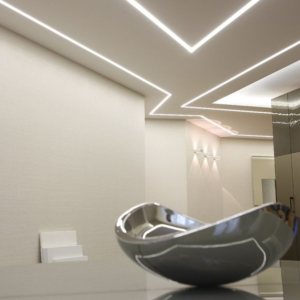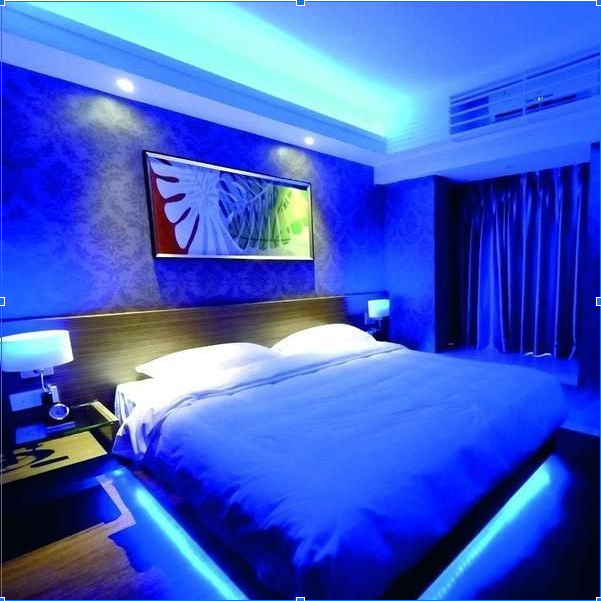LED strip lights are an awesome alternative to traditional incandescent or fluorescent bulbs. Because they provide you with tons of flexibility and can save you money over time. They’re really easy to install and use, and their ability to change color is awesome. In this article, we’ll look at the pros and cons of LED strip lights for home lighting, as well as how you can use them most effectively.

Why Use LED Strip Lights?
LEDs, or light-emitting diodes, are a type of bulb that uses semiconductors to produce light. These bulbs are becoming more popular each year as their power efficiency continues to improve. In addition to greater power efficiency, LEDs offer other benefits over incandescent and fluorescent bulbs. They last longer, require less energy use and can be used in a variety of applications. For these reasons, LED strip lights have become very popular for use in home lighting setups. Today we’ll take a look at some of the pros and cons to consider when deciding if LED strip lights are right for your needs.

Where Can I Use LED Strip Lights?
These lights can be installed in high or low light areas, but they aren’t ideal for every spot. While indoor strip lights don’t require a lot of electricity, they can use up to three times as much energy as conventional lighting. However, you won’t need to replace them very often because they last so long. Outside, strip lights can be used in any area that has access to electricity. They’re perfect on patios and garages because they aren’t exposed to harsh weather elements like rain or snow.
They also come with built-in dampeners that keep them secure even during strong winds and heavy storms. When it comes to safety, outdoor LED strips have several advantages over other types of outdoor lighting. First off, they are mounted directly to your home so there are no unsightly poles jutting out from your house. Also, these lights are completely wireless—there are no pesky wires hanging around where they could get tangled or damaged by an errant weed whacker or lawnmower blade. If you plan on putting them under eaves where there is insulation, make sure you leave room for heat dissipation—this will ensure that your LEDs work properly throughout their lifespan.

Where Can’t I Use LED Strip Lights?
While LED strip lights generally well-suited to most residential lighting projects, there are some instances where they’re not a good choice. For example, you wouldn’t want to use them to provide accent lighting in your living room because they don’t have bulbs inside that can be directed at specific parts of your wall or ceiling. In addition, they won’t work well if you need to direct light onto a surface without any kind of backing material—like a projector screen. If either of these scenarios sounds like something you would need from your home lighting system. Eventually, consider another type of fixture instead.

How Do LED Strip Lights Work?
The first thing to note about these lights is that they don’t work like conventional lights. They aren’t bulbs; they’re electronic components that can be cut to length to suit your needs. An LED strip light usually consists of a long, thin circuit board with series-connected LEDs (light-emitting diodes) attached on both sides.
LEDs have been around since 1962 when they were invented by Nick Holonyak Jr., but only recently have their efficiency been matched by their brightness. Nowadays, you can find bright white LEDs designed specifically for home lighting applications. They emit a crisp white light that looks great in any room of your house—kitchen, living room, or bathroom! Furthermore, it produces less heat than incandescent and CFL bulbs, making it safe to use in homes and offices.


